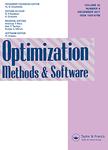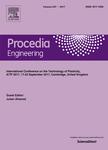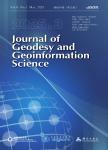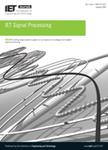版权所有:内蒙古大学图书馆 技术提供:维普资讯• 智图
内蒙古自治区呼和浩特市赛罕区大学西街235号 邮编: 010021
T=题名(书名、题名),A=作者(责任者),K=主题词,P=出版物名称,PU=出版社名称,O=机构(作者单位、学位授予单位、专利申请人),L=中图分类号,C=学科分类号,U=全部字段,Y=年(出版发行年、学位年度、标准发布年)
AND代表“并且”;OR代表“或者”;NOT代表“不包含”;(注意必须大写,运算符两边需空一格)
范例一:(K=图书馆学 OR K=情报学) AND A=范并思 AND Y=1982-2016
范例二:P=计算机应用与软件 AND (U=C++ OR U=Basic) NOT K=Visual AND Y=2011-2016
The conjugate gradient (CG) algorithm is almost always the iterative method of choice for solving linear systems with symmetric positive definite matrices. This book describes and analyzes techniques based on Gauss quadrature rules to cheaply compute bounds on norms of the error. The techniques can be used to derive reliable stopping criteria. Computation of estimates of the smallest and largest eigenvalues during CG iterations is also shown. The algorithms are illustrated by many numerical experiments, and they can be easily incorporated into existing CG codes.








电话和邮箱必须正确填写,我们会与您联系确认。
版权所有:内蒙古大学图书馆 技术提供:维普资讯• 智图
内蒙古自治区呼和浩特市赛罕区大学西街235号 邮编: 010021

暂无评论